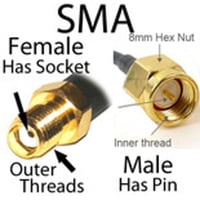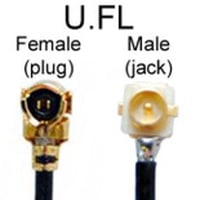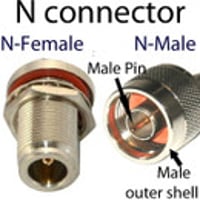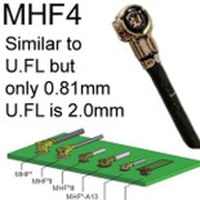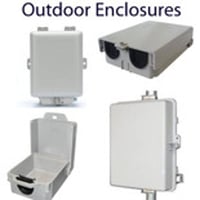Antennas with RP-TNC connector
RP-TNC Antennas & the RP-TNC Connector:
Antennas with an RP-TNC connector are a cost effective way for consumers to increase the signal performance of wireless routers. They may be supplied with either male or female connection. A wide range of connecting RP-TNC cables and RP-TNC adapters are available.
RP-TNC connector applications
The RP-TNC connector has a range of uses and is favored because of the robustness of its connection.
WiFi RP-TNC connectors have had wide usage in WiFi equipment as they were initially difficult to source by consumers who may have been able to connect their own RP-TNC antennas to boost signal in breach of compliance. Widespread consumer availability of the RP-TNC connector has rendered this strategy obsolete but the WiFi manufacturers still favor the use of this connector in their equipment. In addition the connector is used in:
- RP-TNC antenna mounts
- Aviation
- Telecommunications
- GPS
- Bluetooth
- Machine to Machine industrial communication
The RP-TNC Connector: The Reverse Polarity Threaded Neil-Concelman or (RP-TNC) connector is a type of TNC connector which is itself simply a threaded version of the common Bayonet Neil Concelman (BNC) connector. Both are designed to work with co-axial cabling.
Structure of RP-TNC: Reverse Polarity RP-TNC Connectors
The RP-TNC Connector is a variant of the standard TNC which has been designed with a reversal of the polarity of the connector at its interface. This is achieved by some specific structural changes including:
RP TNC male and female connectors: Gender of each connector part can be determined by its threading:
- The female connector (plug) part’s threading is external
- The male connector (socket or jack) part has internal threading.
- Each connecting part possesses an interior gendered pin.
Mating is by screwing the parts together for a secure union. The threaded coupling is thought to be more reliable for higher frequency applications (such as microwave) than a standard BNC connector.
- RP-TNC connectors also have reversal of the male and female pins.
- Both standard and RP-TNC connectors are available in straight and right angled designs.
The connector usually has a 50 ohm impedance though, like the BNC a 75ohm impedance connector is available. It is operational at frequencies up to 11GHz. They typically carry a crimped or soldered terminus and may be cable mounted or attached to a PCB or panel.
The extensive range of WiFi products using RP-TNC connectors as opened the door to a vast range of RP-TNC antennas designed to replace existing antennas on WiFi routers, dongles and WLAN cards. Manually installing an RP-TNC antenna improves performance as these antennas are designed to be high gain, usually omni-directional and operating over a large range.



